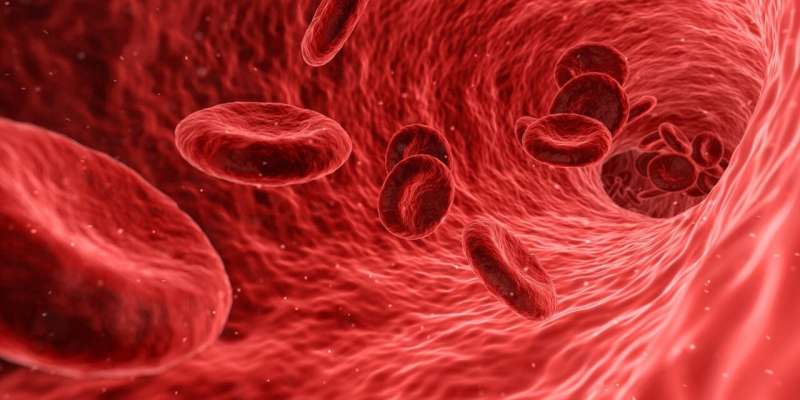Innovative Biodegradable Scaffold Accelerates Bone Healing and Regeneration

A novel biodegradable scaffold developed by Penn State researchers significantly enhances bone healing by delivering nutrients directly to injury sites, promising faster and more effective regenerative treatments.
Bone healing traditionally relies on the body’s natural regenerative processes, with most fractures mended through the formation of new bone cells. Patients typically wear casts or braces to immobilize the injury. However, complex or severe fractures often require surgical intervention, such as the placement of biocompatible scaffolds or metal fixation devices, to facilitate proper healing and alignment.
Recent advancements from biomedical engineering researchers at Pennsylvania State University have introduced a groundbreaking biodegradable scaffold called CitraBoneQMg. This innovative implant combines magnesium, glutamine, and citric acid to promote faster and more effective bone regeneration. The team, led by first author Hui Xu, developed this scaffold to enhance the natural healing process by delivering nutrients directly to the injury site.
The key to CitraBoneQMg’s effectiveness lies in its ability to stimulate cellular energy pathways—specifically, increasing intracellular energy and modulating critical signaling pathways such as AMPK and mTORC1. These pathways orchestrate the balance of energy within cells, which is essential for the growth and differentiation of stem cells into bone cells.
Unlike conventional approaches that rely on systemic nutrient intake, this scaffold provides a concentrated, localized supply of nutrients, ensuring that the injury site receives the necessary components for rapid healing. The integration of magnesium and glutamine with citric acid not only promotes cellular energy increase but also exhibits properties beneficial for nerve regeneration and anti-inflammatory effects, contributing to comprehensive tissue repair.
Laboratory experiments, including implanting the scaffold in a rat cranial defect model, demonstrated remarkable results. After 12 weeks, bones treated with CitraBoneQMg showed a 56% increase in new bone growth compared to citric acid-only scaffolds, and a 185% increase relative to traditional bone implants. The scaffold’s inherent photoluminescent and photoacoustic properties enable real-time tracking within the body, opening avenues for non-invasive monitoring of the healing process.
This research signifies a major leap toward personalized and efficient bone regeneration therapies, with potential applications extending to nerve repair and anti-inflammatory treatment. By delivering nutrients directly at the injury site, this scaffold offers a promising alternative to current surgical methods, potentially reducing recovery times and improving long-term outcomes.
Published in Science Advances, this breakthrough underscores the innovative potential of metabolic biomaterials in regenerative medicine. Future developments may see these scaffolds used not only in orthopedic surgeries but also in treating complex craniofacial injuries and other conditions demanding rapid, reliable tissue regeneration.
Stay Updated with Mia's Feed
Get the latest health & wellness insights delivered straight to your inbox.
Related Articles
Proteoglycan Family Molecules Offer Promising Advances in Breast Cancer Diagnosis and Treatment
Recent research uncovers the potential of proteoglycan molecules as biomarkers and therapeutic targets in breast cancer, promising advances in diagnosis and personalized treatment strategies.
Health Authorities Issue Warning About Salmonella Outbreak Linked to Pistachio Cream
The CDC and FDA have issued a warning about a Salmonella outbreak linked to Emek-brand pistachio cream. Learn about the risks and safety precautions.
Innovative Nomogram Predicts Deep Vein Thrombosis Risk in Epithelial Ovarian Cancer Patients
A new predictive nomogram has been developed to assess the risk of deep vein thrombosis in patients with epithelial ovarian cancer, aiding personalized prevention and treatment strategies.
Financial Challenges for Cancer Survivors Facing High-Cost Immunotherapies, Especially Blood Cancer Patients
New research uncovers the financial hardships faced by cancer survivors, especially those with blood cancers, due to the rising costs of immunotherapy treatments. The study highlights the need for better support systems to ensure treatment accessibility.



